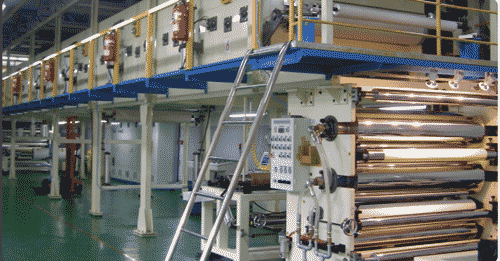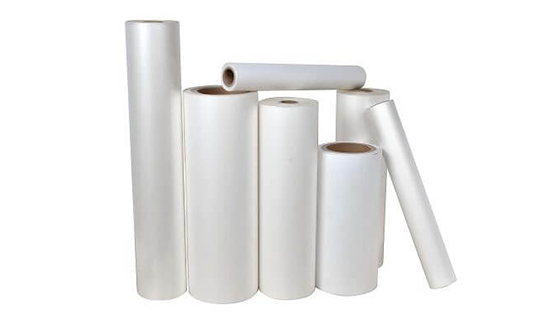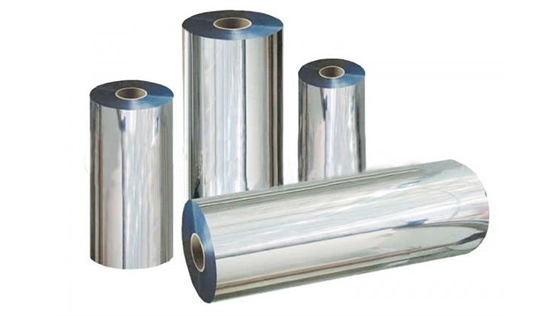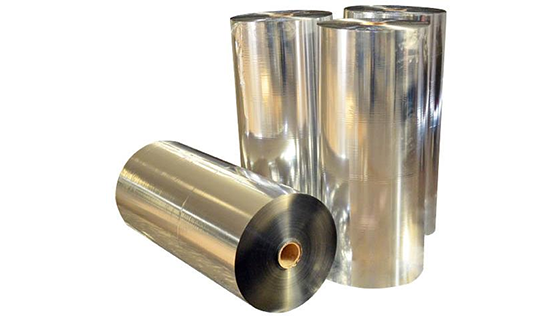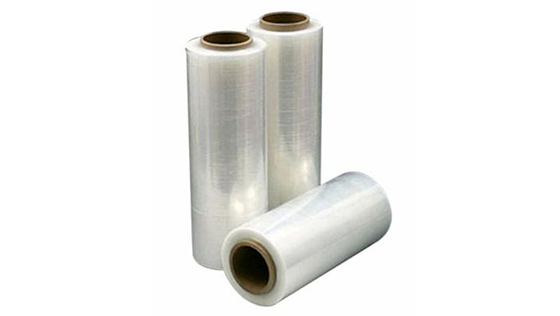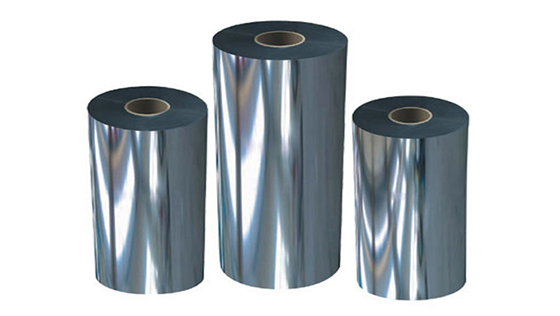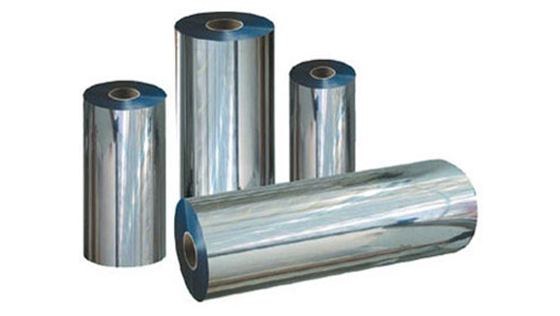The method of printing the gravure in the mold of the printing elements lies deeper than the white ones. The depth of the elements to white. The depth of the print elements depends on the level of the sample of the dark parts of the sample with the larger print elements on the printing plate and the light components of the sample having a smaller depth on the print. printed forms. The level of the sample in the copper tube printing method (concave printing) is shown on the printed sheet by varying the thickness of the ink.
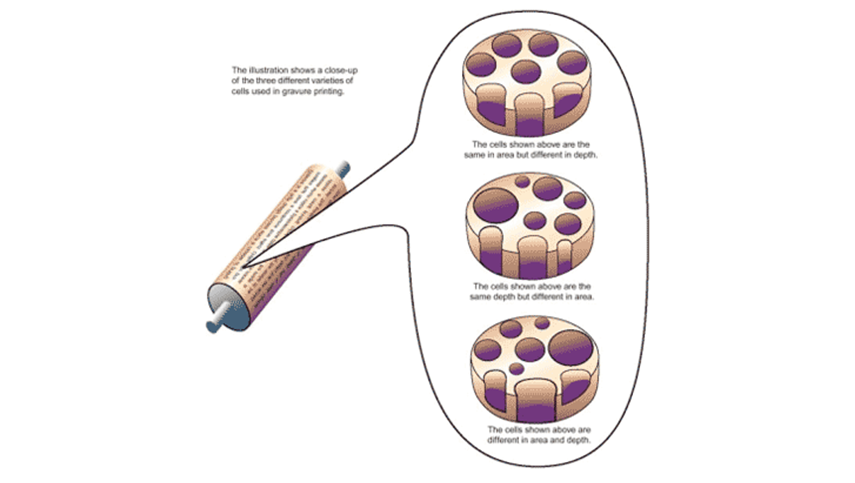
During printing, the ink is first applied to the printed and non-printed elements and then to the ink cartridge. In particular, the ink is removed from the nonprinting elements and excess ink at the printing elements.
Making copper pipe molds
Nowadays, it is possible to make copper-plate prints using photochemical methods or electronic methods. Photochemical methods are based on photo processes, physical processes, mechanical processes and electrolysis
For example: images are transferred to the printing mold by imaging process and print elements are ingested by chemical erosion.
The process of making bronze imaging molds using the method of photosynthesis consists of the main stages
a. Make movies positive and standard
b. Preparation of printing materials
c. Transfer pictures to the print mold
d. Corrosion and molding printing
1. Make positive film and film
Depending on the characteristics of the publication, it is possible to use various samples (pictures, drawings, etc.). create offset printing molds
On the second level (taken from the image ..) other than the offset is not taken over the tram (do not use the tram at this stage). Previously, from the negative stereotypes received negative, Then from this negativity back to positive.
One point to note is that rectification of the direct errors on the gravure printing molds is complex and difficult to implement, so all defects in the level and any other defects need to be corrected immediately. negative and positive. After having a positive film, the next thing that matters is the same as doing the offset. Depending on the publishing technology (a process or two processes) can be separated or separate.
2. Preparation of molding materials
Because in the method of gravure printing is applied ink knives, so most of the mold is not made of metal plates, but steel plates, the surface of the steel pipe is coated with a layer of copper. Such unpaved steel pipes are sent to the printer along with the printer and can be used multiple times.
When manufacturing cylindrical steel tube printing molds are carefully machined on the lathe and cleaned of dirt. grease with alkali or acid solution, then coated with a thin layer of nickel (0.005-0.01mm) by galvanizing. Once the nickel layer has been covered, the steel pipe is transferred to a copper-plated section. Copper layer is covered by electrolysis. During electrolysis, the steel tubes are rotated continuously and the electrolyte solution is stirred continuously. First coated with a 0.1 to 0.15mm thick copper substrate, the “copper coat” layer is used to make the printed elements and the white particles.
The purpose of the copper overlay on the surface of the steel is to bring the diameter, of the copper pipe to the required size required. Prior to coating the “copper coat”, a thin layer of silver (Ag) was applied to the cylinder. Thanks to this layer of silver, when you print the “copper” layer easily separated from the steel pipe (separated from the copper layer). The surface of the “copper coat” must be smooth, not scratched, cracked. This requires not only the electrolyte solution and the special electrolyte, but also the special platinum
If the steel pipe used during the preparation has to remove the “copper coat”, clean the copper layer, thin silver layer, covered with a new coat of copper and polished.
3. Transfer the image to the print template
In order to be able to obtain a wide range of shallow depths during corrosion, it is necessary to create different high-definition “strokes”. Such “special” images can not be obtained by direct transmission of images from the positive image (film) to the copper tube surface. One should use pigmented paper: First, transfer the image to pigmented paper, which invites transmission from pigment paper to the steel tube surface used for printing.
4. Corrosion and molding printing
After that, it must be consumed with iron chloride solution. Corrosion is a very complex chemical process. Characteristics of the corrosion molding process are: metal erosion occurs under the pigmented film. This feature differs from print-to-ribbon for corrosion and difficult to test. In addition, corrosion can not be corrected after printing. The ferric chloride solution, after permeating the pigmented film, dissolves the copper at the printing elements, the depth while the copper corrosion depends not only on the thickness of the film, but also on the concentration and temperature of iron chloride, corrosion time, humidity and air temperature etc. For example, the diluted corrosive solution will penetrate the pigmented film and erode the copper deeper.
To ensure accurate transmission of the sample, the depth of the printed elements at the optimum 55 to 60 microns is required to be deeper than those printed on the light element from 14 to 16 times.
After eradication, the acid and pigmented layers are removed by gasoline and chloroacetic acid HCL. As a result, we get a gravure printing mold with color accuracy and level
This is the method of making gravure printing in the period before the electronic tube engraving machine appeared.
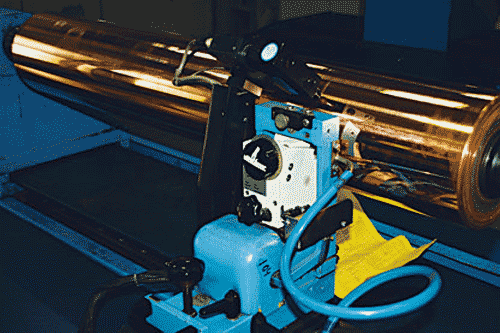
Unlike electrochemical method, based on the use of electronic engraving machine. The elements to be printed after finishing the print on the computer will be transmitted straight to the copper tube engraving machine. The engraving machine will use a laser engraver to shoot straight into the copper tube, which will engrave the shaft. elements to print. The shallow depth of the print depends on the intensity and depth of the sample, which is now the most common gravure printing industry in the developed world. In our country today, most of them are created by this method because there are many good points such as: Ensure the accuracy of the printing element, the process quickly and bypasses many stages in the molding process. Copper tube, reduce the impact of the elements in the process of printing molds compared with the method of printing molds by the method of photosynthesis.
Note: The accuracy of the size of the image must be ensured in all stages of the process. The color separation process is similar to that of the offset method. But the method of gravure printing is different from the method of printing and printing Offset at the level of the sample is transmitted to the printing sheet due to the thickness of the ink layer so the method of printing gravure printing only 3 colors to restore the paper. Color samples, the fourth color is rarely used, as in the offset printing method, the negative and positive films of the gravure printing method must be completely corrected before exposure. Since gravure prints are elaborately designed and sophisticated, it is not possible to print proof copies such as in Offset printing with true gravure printing.
